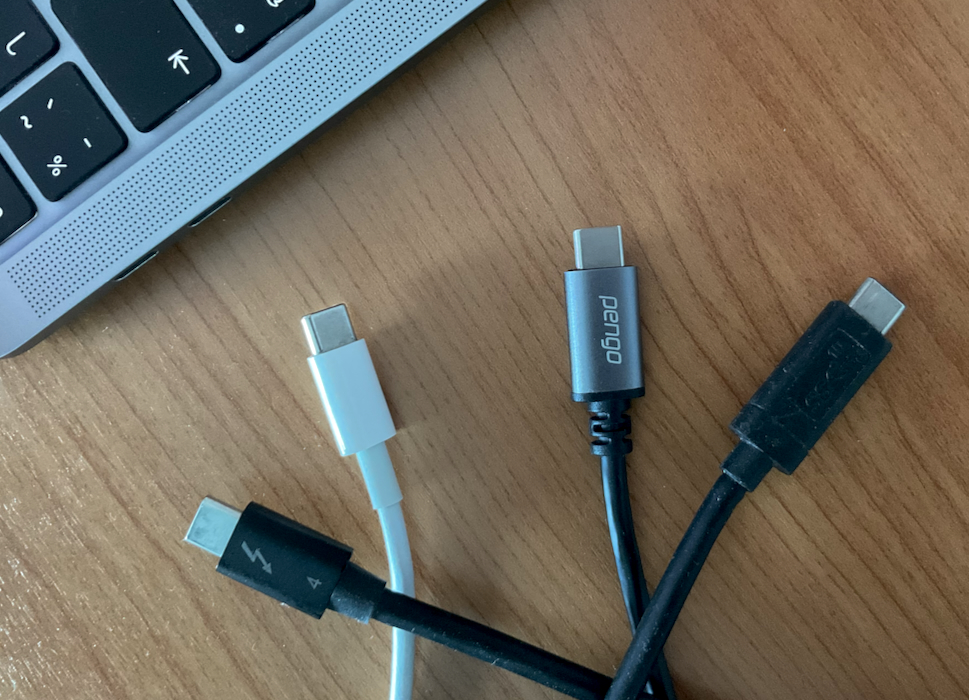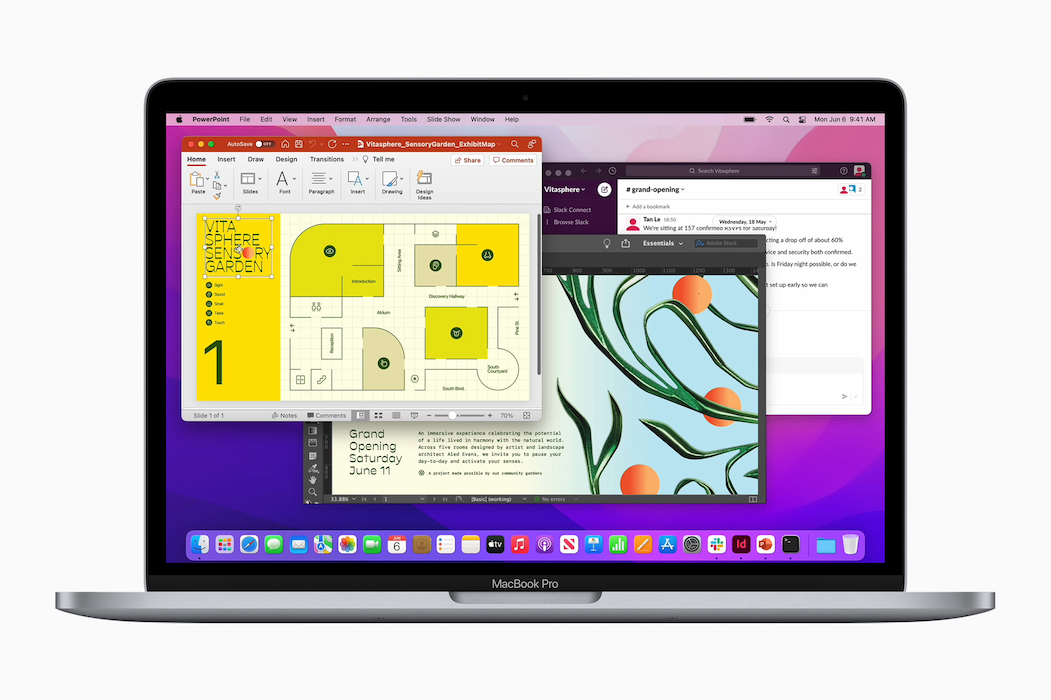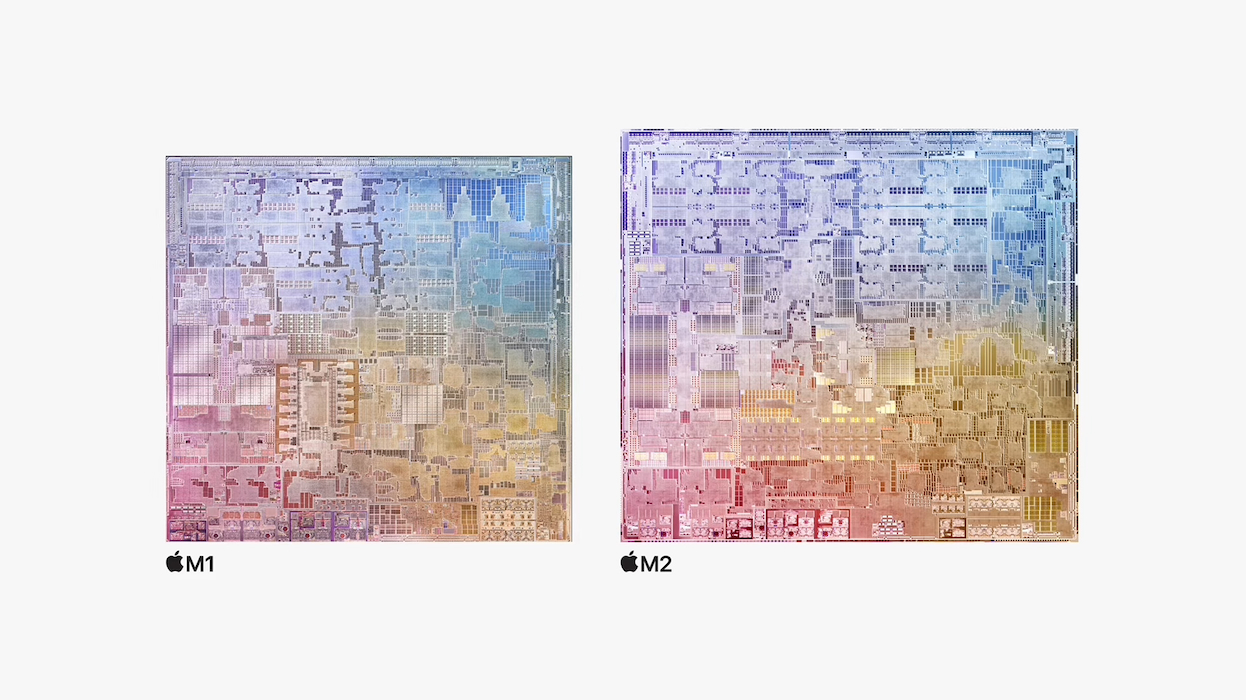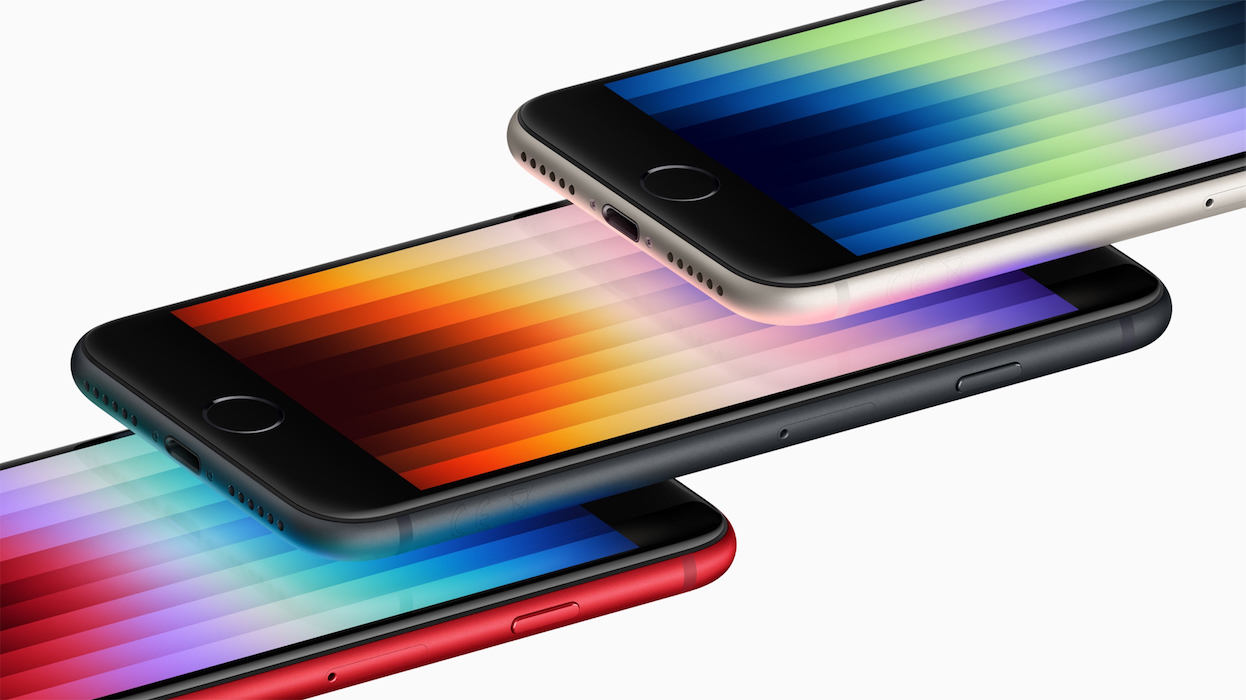|
|
Weekend Review: 13" M2 MacBook Pro - Underwhelming for Some; 5G Modem Chip Delayed, not Failed; Waitography - Better Restaurant PhotosBy Graham K. Rogers

Sales in China that some gave dire warnings about earlier appear to have recovered; although there may have been nothing wrong apart from analysts' concerns. Juli also adds that "In the year-ago quarter, Apple reported $21.7 billion in profit on $81.4 billion revenue, which was a June quarter record" and Apple has been doing rather well of late. We can expect that coincidentally there will be a number of negative rumors in the coming days, like reduced orders for the next iPhone, rising prices of Apple devices in Japan (true - currency fluctuations) and others.
M2 MacBook Pro - Underwhelming for SomeThere have been a number of reports covering Apple's announcement and subsequent release of the 13" MacBook Pro with the M2 chip. Many have been disappointed that this appeared to be an unchanged device with the M2 replacing the M1, even retaining the Touch Bar (a feature that I love and will be sorry to see go). With the M2-equipped MacBook Air, this is just Apple drawing a line in the sand. There is more to come, as Jonny Srouji says: "M2 starts the second generation of M-series chips and goes beyond the remarkable features of M1" (Joe Wituschek, iMore). We are reminded of the releases following the M1: Pro, Max, Ultra, each one bettering its predecessor: November 2020, October 2021 and March 2022. We saw updates to several Macs and a new professional model: the Mac Studio.At this time, there has been no analysis of the M2 chip, but critics have commented on the modest benchmarking improvements, with 18% CPU increase, 35% GPU and 40% faster neural engine. It seems only 100% would have satisfied many. Again, "M2 starts the second generation. . . ." As with any new model or device, I like to wait for the iFixit tear down (see below), and the analysis from AnandTech before I fully understand Apple's intent. However, despite some comments related to this, it is not simply a question of swapping out the M1 and putting in the M2 chip (Roman Loyola, MacWorld): kudos to Loyola for falling on his sword there, but he was not alone. In the middle of writing this, iFixit completed its YouTube teardown of the M2 MacBook Pro and (supporting Loyola's initial comments) this is the M1 MacBook Pro with the M2 chip, although certain hardware locks mean that it is not as simple as swapping the chips. They tried too. While some may be disappointed at this, it is just Apple providing the latest chip technology in a stable format, to those (unlike me) who did not update when the M1 was released. A year and a half down the line, this is a respectable evolution and should please many looking to upgrade, although I would suggest the 512GB SSD (and not only for reasons of speed) and an upgrade to memory: both good investments.
 M2 MacBook Pro - Image courtesy of Apple
In what I thought was a sort of "yeah, so" moment, Oliver Haslam (iMore), commenting on the first M2 chips points out that, Yes, the new M2 is fast, but the M1 Ultra is actually still faster (for now). The Geekbench benchmarks show that while the basic M1 reports 7708 and the M2, 8908, the 64-core M1 Ultra shows 23369. Whatever will the M2 Ultra (if that appears) report? Part of the answer may be in another iMore article, this time from Stephen Warwick, in which speculation on M2 and M3 processes, including 3nm chips, is discussed. It seems, however, that Samsung has beaten TSMC to the punch (Kate Park, TechCrunch), as Samsung so often try to do. Let's see if their 3nm chips work better (or at all) before passing judgement. And, Yes, there is an element of snarkiness there. No point being first if it doesn't work properly - remember the folding phone?
 M1 and M2 chips - Image courtesy of Apple
However, a report this week from Stephen Warwick (iMore) and since picked up by others, outlined the 108 degree heat (Celsius, not Fahrenheit) and "severe throttling" of the M2 chip while it was being used for some heavy duty work - the sort of thing that should be a breeze for the MacBook Pro - a test of exporting 8K Canon RAW footage. With the heat generated, the single fan was running at its maximum 7200 rpm and the Mac could do no more apart from throttle down the M2 chip. The report admits that the test was "extreme" and unlikely to be repeated (under normal circumstances), but the MacBook Pro needs more fans and anyone contemplating heavy work like this is advised to wait for one of the later releases, such as the 14" MacBook Pro. My M1 MacBook Pro was a step up from the Intel version I had before and I was pleased with the performance and output. The iPad Pro with the M1 chip has also pleased me and could do a lot more than the earlier iPad Pro I had. The M2 is also a step up although benchmarking suggests this is relatively modest - far from doubling power - and I see it as a small advance, to keep the pot boiling and bring in those users who may have delayed an update last year. Perhaps many commentators have been expecting too much. As Oliver Haslam (iMore) notes, this is the best Mac available currently, but because it is little more than the M1 MacBook Pro with the M2 chip, "the rest of the build is disappointing for all kinds of reasons".
Rumors and Other Background NoiseI tend to treat the pronouncements of rumor-mongers with circumspection: I try not to touch them with a barge pole unless there is other support. Much of what is written about Apple is timed to deflect from positive news. Within a couple of days of record results for example, there may be a warning that production problems are looming: shares up, shares down.A while back Apple bought Intel's smartphone modem chip-making operation. This was not charity: helping friends out. Its legal problems with Qualcomm were one good reason, but Apple also saw an opportunity to reduce its reliance on outsourcing and bring another operation in-house. With an investment of $1 billion, this would be a long term project. A rumor from Ming-Chi Kuo claimed that Apple was having problems with its development of a 5G modem for the iPhone. When I saw this I dismissed the report as another unsupported rumor. Comments later in the week confirm that my first thoughts were right. Jonny Evans (AppleMust) notes that this rumor source (Evans adds, "who else"), thought the comments were confusing as the report includes "failed" and "will continue to develop its own chips". This was contradictory. Evans notes that TSMC will produce the new chips in 2023, adding that this will be in Thailand, which was new to me. I had missed a report from last year, in which he tells us, "Key iPhone component maker Murata Manufacturing, plans to invest around $2 billion in a range of initiatives, including 5G radios and new plant in Thailand." In another article late this week, Evans also notes that there are some 11 factories turning out Apple products in Vietnam. The background here is worth reading. With changes in China in the past year or two, South-east Asia is looking more attractive. Evans provides some sound reasons behind the delays and what is coming, but Patently Apple dismisses the claims of Ming-Chi Kuo by pointing out that this is not a development problem, but fallout from the Qualcomm patent dispute adding that this irresponsible report "is a false assertion."
The Hilton brought in professional photographer, Roger Moukarzel, and one of the videos with Matt's article shows the class which starts out in a relatively formal settings, but soon breaks into an enjoyable interactive event. As the article notes, if the person taking the photo is not skilled (its not their job after all), "There's an awkward exchange as we do it again and again. Often not getting the picture to do the memory justice." Hilton seem to have hit on a little extra that may help bring customers back.
 Apple's iPhone: the iPhoneSE - Image courtesy of Apple
Graham K. Rogers teaches at the Faculty of Engineering, Mahidol University in Thailand. He wrote in the Bangkok Post, Database supplement on IT subjects. For the last seven years of Database he wrote a column on Apple and Macs. After 3 years writing a column in the Life supplement, he is now no longer associated with the Bangkok Post. He can be followed on Twitter (@extensions_th) |
|


